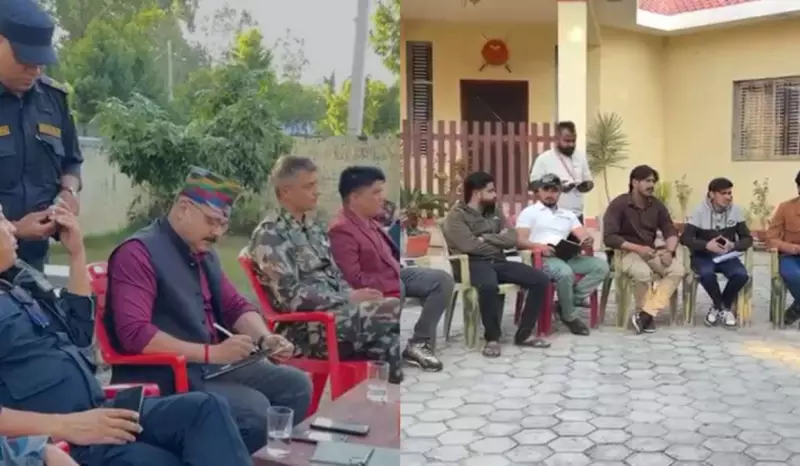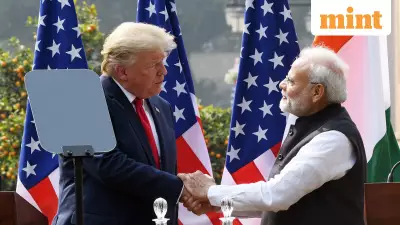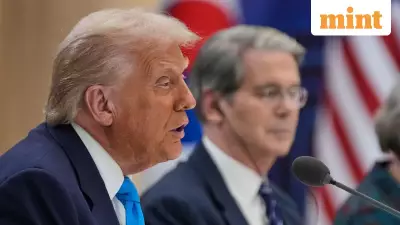
After days of escalating tensions and widespread demonstrations, the Gen-Z led protests in Nepal's Bara district have finally reached a resolution. The breakthrough came following intensive negotiations between protest leaders and district administration officials, marking a significant development in the ongoing youth movement that had gripped the region.
Breakthrough in Negotiations
The turning point occurred when Bara's Chief District Officer, Ram Bahadur Kurumbang, engaged in direct talks with the protesting youth representatives. The dialogue, which extended late into Thursday evening, resulted in a formal agreement that addressed the core concerns raised by the demonstrators. This diplomatic approach successfully de-escalated a situation that had been rapidly deteriorating.
The key outcome was the administration's commitment to take appropriate action based on the findings of a judicial inquiry into the recent incidents. This assurance proved crucial in convincing protest organizers to call off their agitation and disperse peacefully.
Police Leadership Shakeup
Amid the rising tensions, a significant administrative change took place in the district's police leadership. Superintendent of Police (SP) Pradeep Kafle was transferred from his position in a move that many saw as directly related to the ongoing protests. The decision came following intense pressure from demonstrators who had been demanding accountability from law enforcement.
SP Kafle's transfer to the Nepal Police Headquarters in Kathmandu was officially confirmed by authorities. The timing of this decision, coinciding with the peak of protest activities, highlighted the seriousness with which authorities were treating the youth movement's demands.
Escalation and Resolution Timeline
The protests had intensified dramatically earlier in the week, with Thursday marking a critical point in the confrontation. Demonstrators had organized a protest march toward the District Police Office, creating a volatile situation that required careful handling by both sides.
What began as a youth movement quickly gained momentum, drawing participants from various segments of society. The Gen-Z protesters, known for their digital activism and organized approach, had maintained sustained pressure on local authorities through both physical demonstrations and online campaigns.
The successful resolution demonstrates the effectiveness of dialogue between youth representatives and government authorities in addressing social grievances. Both sides showed willingness to find common ground, with protest organizers acknowledging the administration's responsiveness to their concerns.
As the situation normalizes, attention now turns to the implementation of the agreed-upon measures and the judicial inquiry's progress. The resolution in Bara district could potentially serve as a model for addressing similar youth-led movements in other regions of Nepal.





